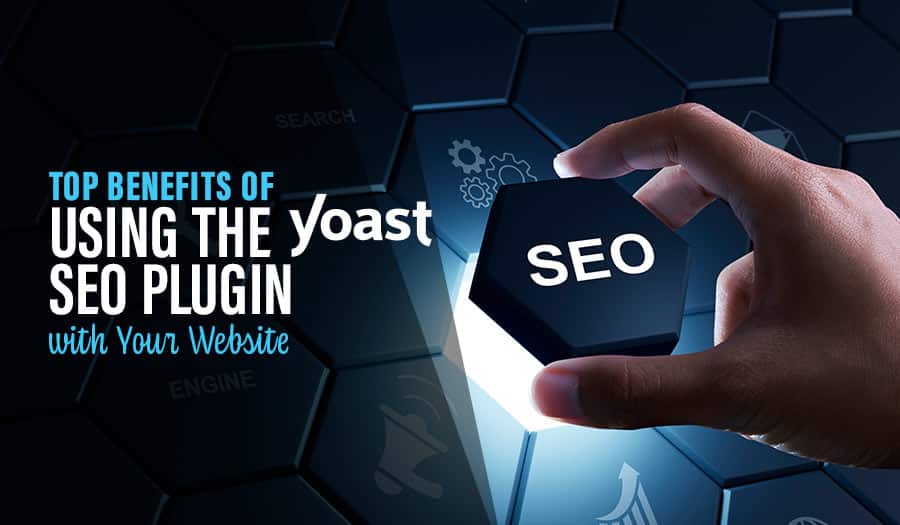A successful website must be designed with a specific target audience. If you begin the development process focused on yourself instead of your audience, you risk creating a site that does not speak to your potential customers and, as a result, does not help you promote and grow your business. Let’s look at 5 Website Design Tips to Defining Your Online Audience.
But this audience focus is only possible if you know to who your website should appeal. To help in that regard, here are 5 steps to defining your online audience and setting you on your way to success in the digital realm.
Website Design Tips: 5 Steps to Defining Your Online Audience
- Analyse Your Customers
- Identify “Ideal Customers”
- Find Pain Points
- Understand behaviours
- Determine Decision Drivers
Website Design Tips: 5 Steps to Defining Your Online Audience
1. Analyse Your Customers
As you can probably imagine, understanding your target audience requires understanding who your current customers are. That, in turn, groups your customers into commonalities according to age, geographic location, demographics, and interests.
Ideally, you have this information at your fingertips and have to analyse the data. But if you don’t, surveys of your current customers and more detailed one-on-one conversations will allow you to understand your customer base better.
2. Identify “Ideal Customers”
Once you acquire that understanding, it’s time to focus more narrowly. Not all customers are created equal; some will be more likely to remain loyal and profitable for your business than others. Identifying who those are gets you a crucial step closer to determining just who you should target.
One way to find your ideal customers that is particularly helpful to successful web design is persona development. Buyer personas are fictional representations of your ideal customers who help you make statistical analysis and numbers more concrete. This guide is a valuable introduction to the concept and its benefits for your brand.
3. Find Pain Points
Once you have found your ideal customers, it’s time to determine their needs. Ultimately, turning a web visitor into a customer requires a simple process: you convince your audience that your product or service can solve a problem they have. That problem, or ‘pain point,’ thus becomes a central indicator of how you can identify your online audience.
Depending on your brand, finding your audience’s pain points can range from simple to complicated. Techniques like the 5 Why Method get you from surface-level wants to more in-depth, underlying needs that your brand and its website can address.
Some common pain points of prospective customers include:
- Lack of time
- Unsatisfactory product quality
- Difficulty navigating a website or app
- Poor customer service or support
4. Understand behaviours
Where does your target audience like to spend their time? Do they prefer specific social networks or tend to visit your website based on specific Google searches? Understanding their behaviour adds another layer to defining your online audience and will ultimately help to improve your website.
A website designed for an older audience on desktop computers will look very different from one exclusively available for mobile devices. Understanding your target audience’s behaviours can give you a better understanding of what they need and look for when researching your brand online.
5. Determine Decision Drivers
Finally, your website can benefit from grouping your online audience based on the decision factors that prompt them to become customers. Will they be convinced to engage with you with compelling content, or do they need a tangible offer – such as a discount coupon – to start the buyer’s journey?
As you might imagine, not all online behaviours are created equal. Different strategies will persuade different audiences, and understanding your ideal audience’s decision drivers can help you develop a website to guide them through their journey to becoming customers.
Using these 5 steps, you can strategically identify and define your target audience. That, in turn, gets you on your way to designing a website and digital presence that speaks to your intended audience and effectively encourages them to become customers.
The top types of decision drivers in people making a decision are:
- Rational/Logical – People prefer to make decisions based on facts, figures and hard evidence.
- Emotional – People who are swayed more by emotion than facts or logic.
- Social/Peer Pressure – Those influenced by other people’s actions, words or thoughts.
- Authority Figures – People who look to others in positions of authority for guidance.
Once you’ve identified the primary decision drivers, you can start building out your website and digital presence with content, visuals and tone that speaks to each one. For example, if rational/logical is the main driver for your audience, then focus on presenting facts & figures or case studies.
Why Defining Your Online Audience can lead to success
Defining your audience is the first step to creating successful customer journeys and campaigns. It ensures you’re tailoring content, visuals, promotions and offers that are tailored to their needs and interests. Of course, you may have multiple target audiences for different products or services, in which case, it’s important to identify who each segment is so that your message is tailored to the right group.
In addition, you can use audience targeting tools to create campaigns and content that are aimed at very specific audiences. This will help you reach users likely to be interested in your product or service based on their online behaviour. Ultimately, defining your target audience helps ensure that every step of the customer journey is tailored to their needs. This will improve the effectiveness of your campaigns and also have a positive impact on customer loyalty.
You should make sure to review regularly who your target audience is, as it’s likely to change over time. It’s important that you stay up-to-date with changing trends to keep your messaging relevant and engaging. By engaging with your target audience, you can build strong relationships that will increase customer loyalty and encourage them to become long-term customers. This will help your business achieve its goals cost-effectively and sustainably.
The Top Types of ways to market to your online audience include:
- Social media – develop a presence on social media channels like Facebook, Twitter and Instagram
- Content marketing – create helpful content that addresses the customer’s problems or provides useful advice
- SEO – use search engine optimization to get your website ranking higher in search results
- Email campaigns – send targeted emails to your customers with personalized messages
- Paid Adwords campaigns – use pay-per-click campaigns to drive traffic to your website
- Analytics – use web analytics to measure the effectiveness of your marketing efforts
These are just a few ways to market your business online. With the right strategy and tactics, you’ll be able to make an impact on
To learn more about the process and for help in designing a website specifically with your audience in mind, contact us.
Let Sydney’s leading Web Design Agency take your business to the next level with a Pixel Fish Small Business Website.
Check out some of our latest Website Design projects.
More Reading
What Are Google Core Web Vitals? (And Why You Need Them)
Top 10 Digital Marketing Mistakes Every Business Must Avoid
10 Best Practices for a Successful WordPress Website Design Project
Facebook Reviews vs LinkedIn Reviews vs Google My Business Reviews
How to Identify Your Ideal Online Store Customer for your E-Commerce Website
Top 5 Strategies on How to Price Ecommerce Products
5 Things You Should Do Before Starting A Blog



